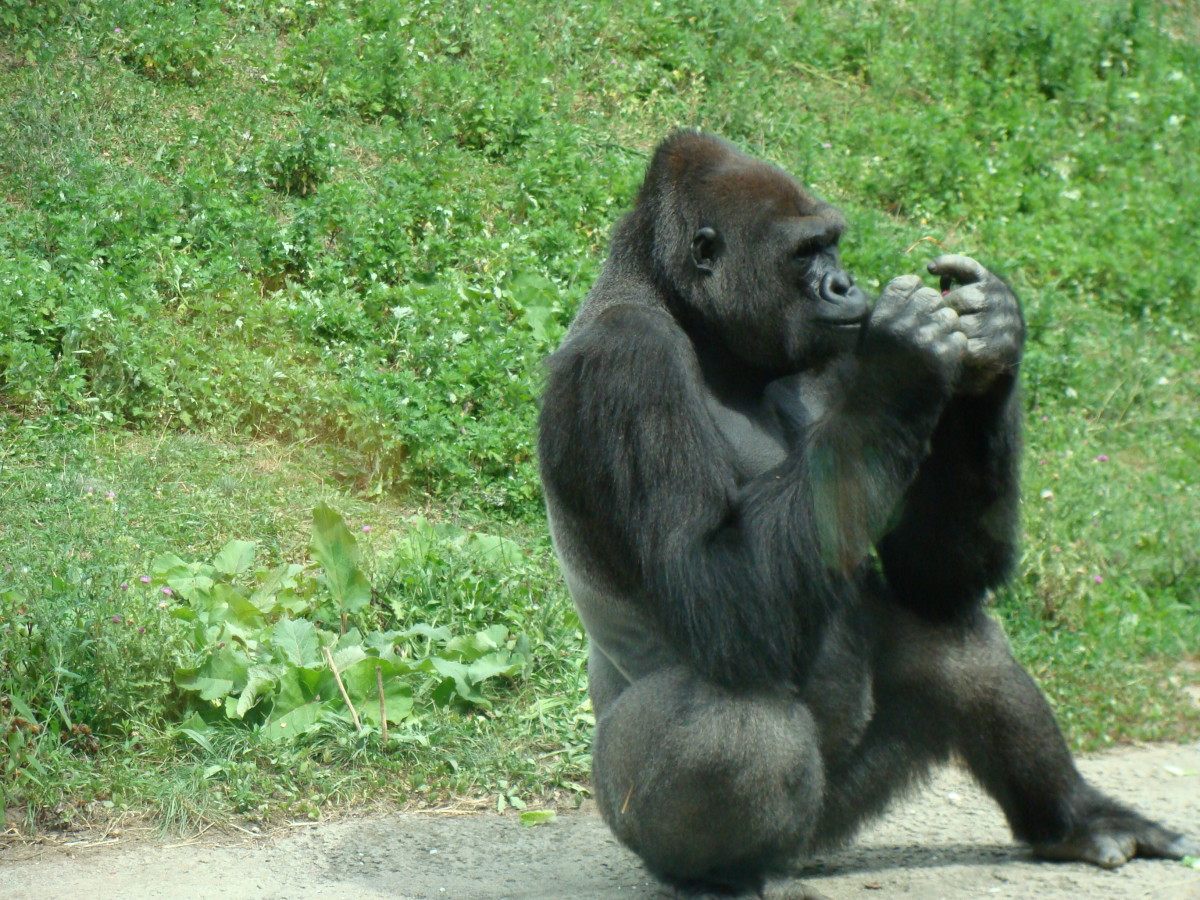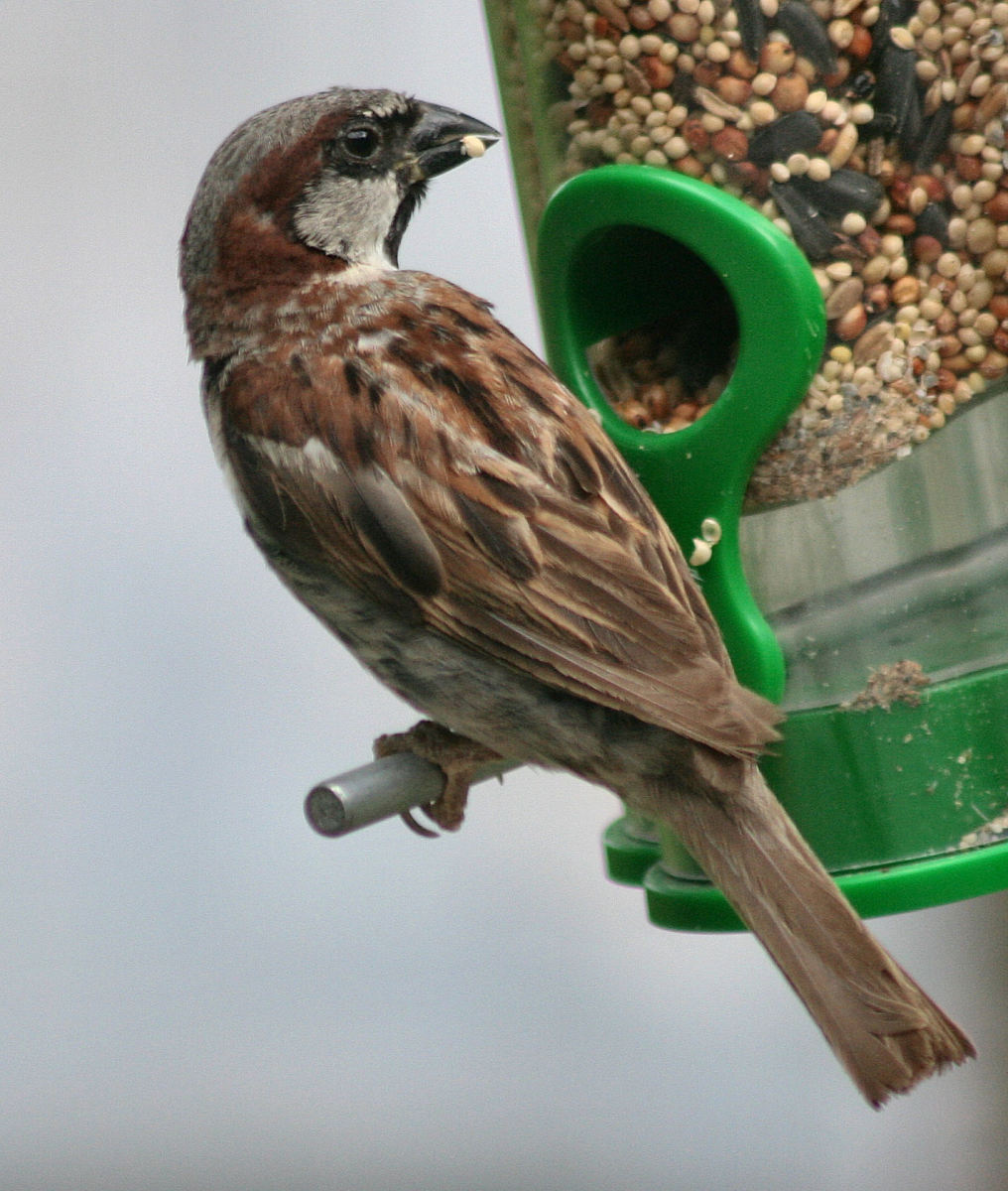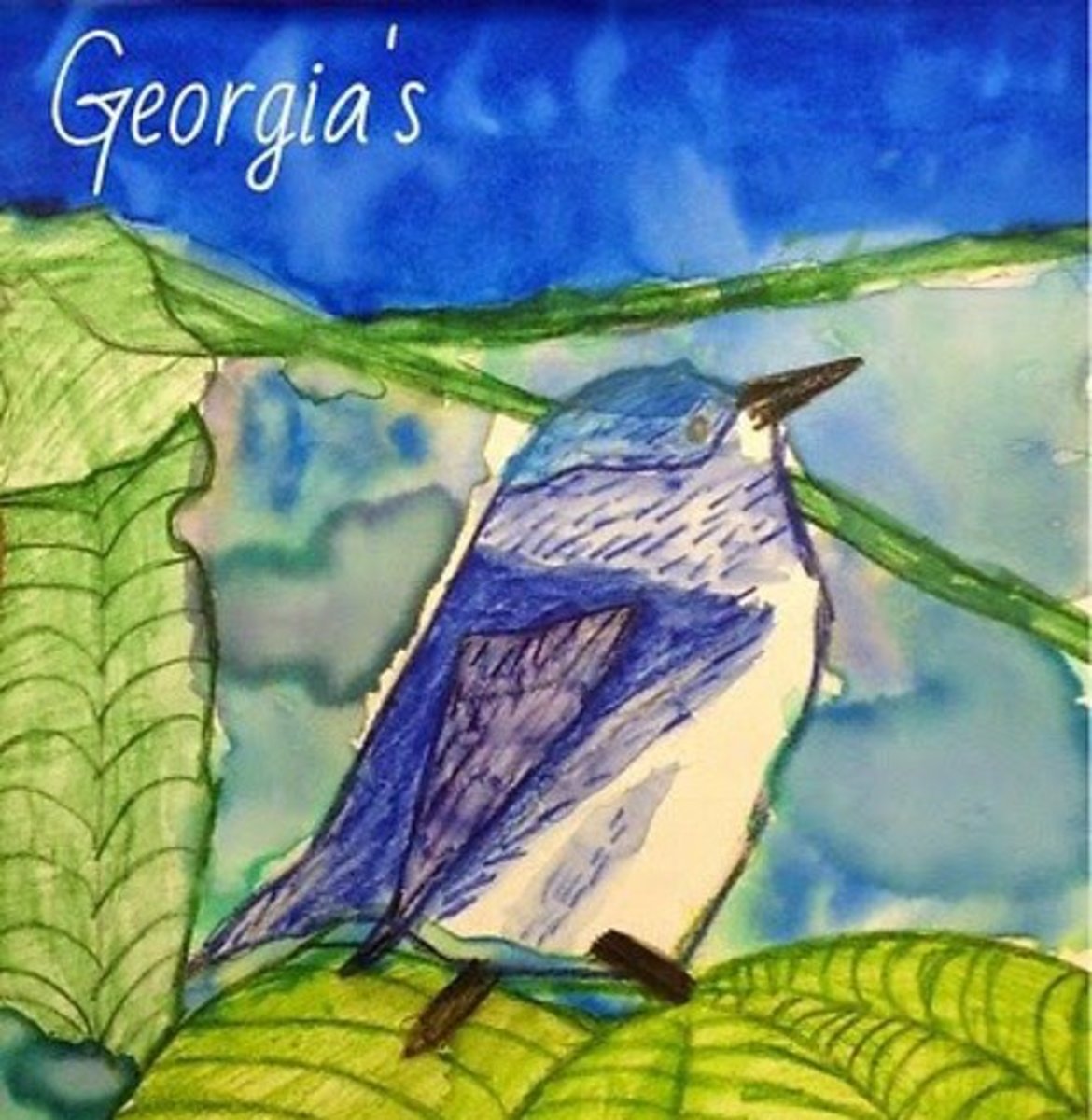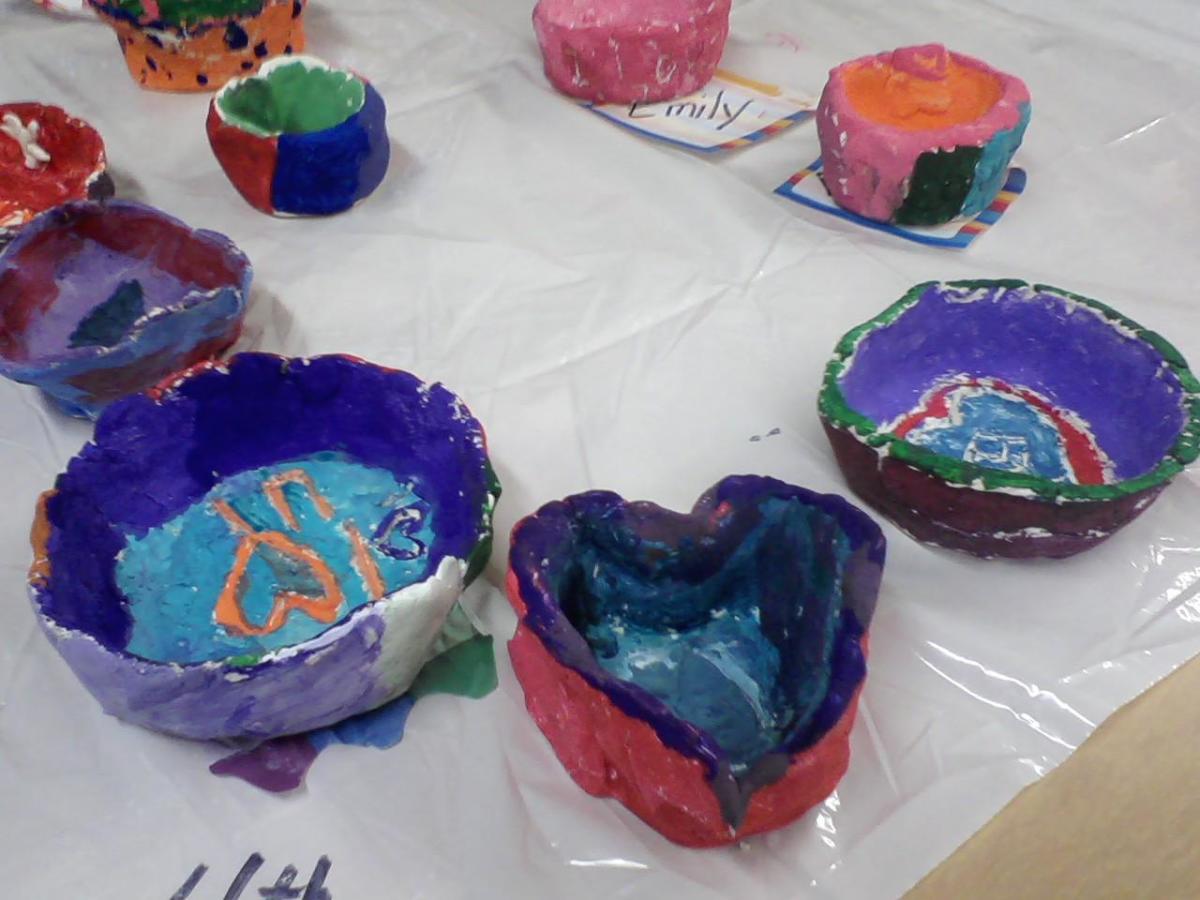- HubPages»
- Education and Science»
- Teaching»
- Lesson Plans
Food Chain and Habitat Projects for Elementary School Students
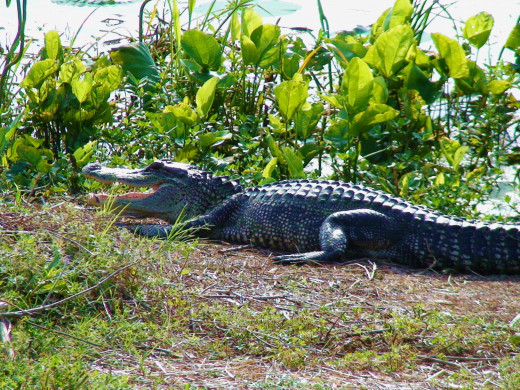

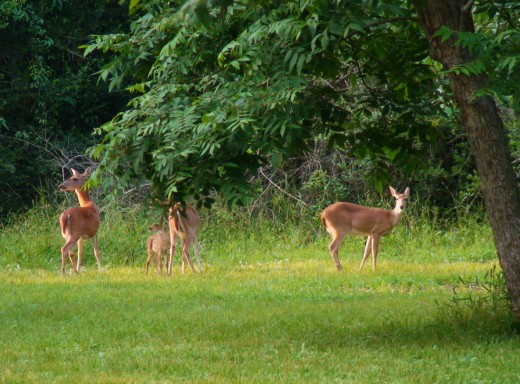

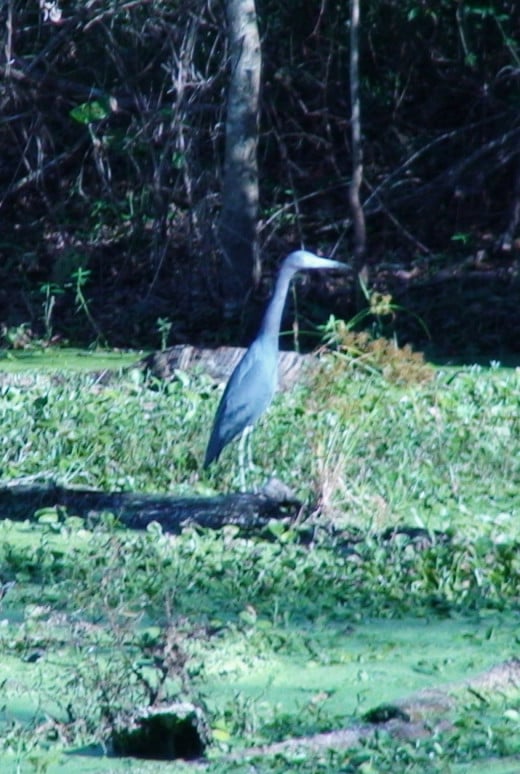
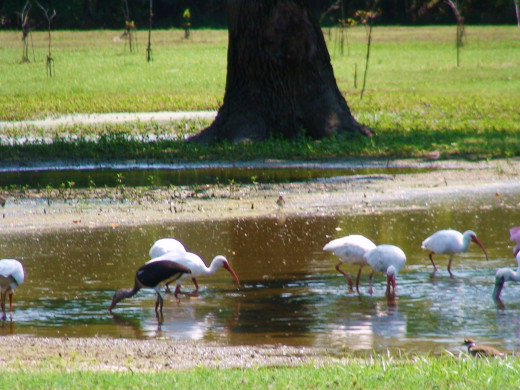
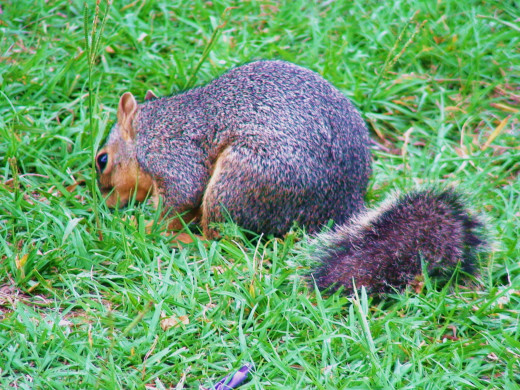
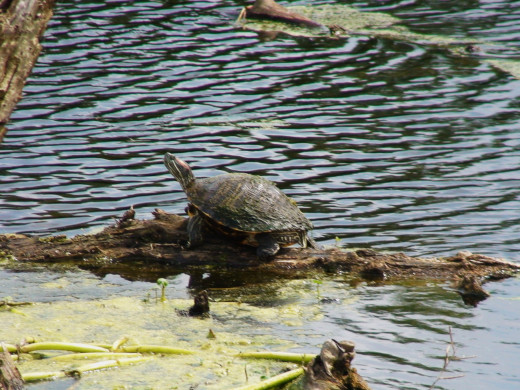
By Joan Whetzel
Teaching elementary school students about food chains and habitats is more fun when they take an active role in the learning. Projects are an interactive way for students to learn about habitats and food chains and "teach" each other what they learned.
Where to Begin
Begin by taking your child or class to a local park that has wildlife roaming free, like a state park. If you community doesn't such a resource available nearby, go to the zoo. Have each child make a list of the animals they see there. They will be choosing one of those animals to do their project on. Each student or child should have a disposable camera or, in the case of families, use their parents phone camera or digital camera, to take pictures of the animals they choose. If camera's are not an option, then each student will draw pictures of their chosen animal or choose pictures from an online website.
Animal choices might include: alligators, herons, egrets, deer, armadillos, insects like spiders, fish, ducks, turtles, or butterflies. Of course, if the trip is at the zoo, then the animal choices expand to include those that would not normally be found in the United States - or whatever country you live in.
Research for the Projects
For the projects, each child will research their chosen animal to find out:
- Its natural habitat, and what makes it a good habitat for this animal.
- What it likes to hunt or eat.
- What its natural enemies are.
- How it protects itself from predators.
- Where it fits in the food chain or food web. Is it prey or predator?
Each student will write a report about what they learned. They will present their information to the class with the visual portion of their project.
Project Visuals
There are several ways to go with the visual portion of these projects. Teachers can choose to let students create any one of these or have students all use the same method of presentation.
- Posters. This is a tried and true project display. Students attach the photos or drawings of their animals as well as images of the animal's habitat, the food it eats, its enemies, where it falls in the food chain or food web, and how it protects itself. They can point to each of the images as they talk about it in their presentation.
- Dioramas. This is like a 3D version of the poster. Students use paint or colored paper to create the background inside the box. Then they add small plastic animal figures, trees, and whatever found objects will help create a realistic looking habitat inside the diorama box. The outside of the box can be used to illustrate where the animal falls in the food chain or food web, what it likes to eat, and a fact sheet about its environment. The animal's picture should be printed out (if it is a photo). The photo or drawing should also be added to the outside of the diorama box. As with the poster, each child can use the diorama to help make their presentation.
- Photo Album. Each child will print out their animal's photo or provide their drawing for the class Habitat and Food Chain Photo Album. Photos in disposable cameras will need to be processed at a photo lab first. Photos (4x6 inch) can be scanned into the computer and then printed out as a larger size, either on photo paper or regular printer paper (which uses less ink). Digital camera photos can be uploaded directly to the computer and printed out on photo paper or printer paper. In addition, each child will write out a one-page report on the computer about their animal that includes the information about the animal's habitat, what it hunts or eats, its natural enemies, how it protects itself, and where it falls on the food chain or food web. This report will be printed out and added behind the picture of their animal.
A good way to do this is to use photo sleeves placed in 3-ring binder, The photo or drawing is placed into the sleeve facing one direction and the report is placed into the same sleeve facing the opposite direction. So it looks like a regular book that would be printed on both sides of the page. This can be kept in the classroom all year. Once the school year is over, the projects can be cleared, making the Habitat and Food Chain Photo Album ready for next year's class.
- Power Point Encyclopedia. This project is for classrooms that have computers equipped with Power Point and a projection system. Help each child upload their digital photos or scan in their regular photos into the Power Point project. Each child will get their own folder all placed in one Animal Habitats and Food Chain Encyclopedia folder.
Teachers will need to help students create a Power Point presentation about their animal, its habitat, what it eats, its natural enemies, how it protects itself, and where it falls in the food chain or food web. Each Power Point presentation should consist of about 5 to 6 slides, listing the highlights of the information each child found. As they make their presentation, the students will go through each slide, filling in the details as they go. Leave the Animal Habitat and Food Chain Encyclopedia on the computer for the rest of the school year, allowing the students to go through it whenever they have free time, or referring to it during study sessions for exams.
These types of presentations may make students a bit nervous having to stand up in front of their friends and all, but that is a great learning experience. The photo album and the Power Point Encyclopedia provide the addition of learning computer skills, which will be helpful in the future as well.


